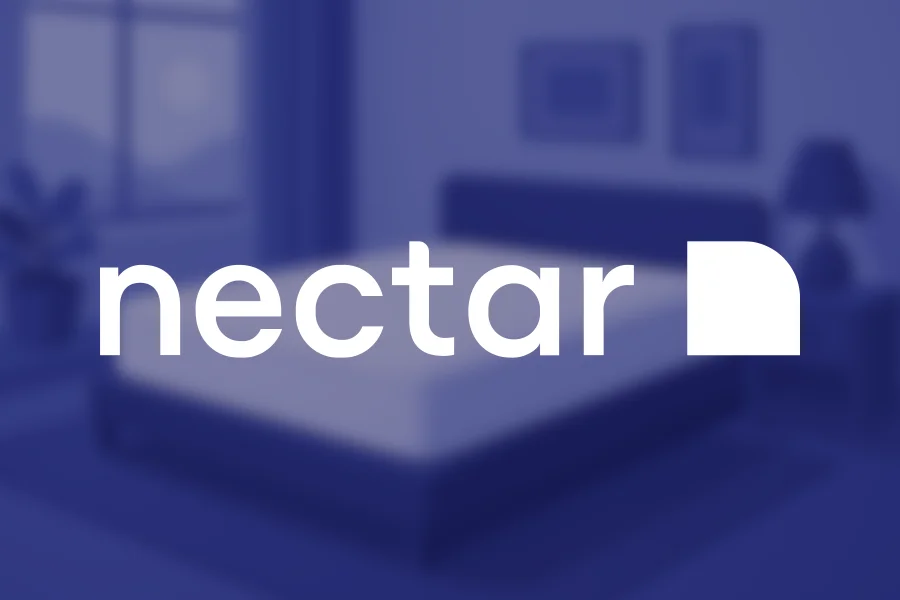
TikTok can be a rabbit hole… especially if you have a habit of diagnosing yourself via the latest viral video, which just so happens to be about sleep. TikTok creator Olivia Lutfallah posted a video on April 1, 2024 that has already accumulated over 34 million views suggesting that the “T-rex arm” sleeping position is associated with being neurodivergent. (1)
Hear Sleepopolis’ director of sleep health, Dr. Shelby Harris, chat all things sleep on our podcast Sleep Talking With Dr. Shelby!
TikTokers had quite a few comments on the video — over 24,000 to be exact — with some people saying that they have ADHD and sleep in this position.
“It’s just cozy. I do it for extra support, ” said one TikTok user. “I have ADHD and always sleep like this,” said another. (1) This has caused some controversy in the comments, with some users saying that people need to stop using videos for self-diagnosis, as this sleeping position isn’t necessarily indicative of neurodivergence.
What does it mean if you sleep in this position, and why do so many people seem to sleep with T-rex arms? Sleepopolis asked experts for their thoughts, and it turns out that the answer might come down to comfort.
“Sleeping in this position is just a comfortable one for many people. Most people use this to calm themselves down when they feel anxious,” Jessica Plonchak, Executive Clinical Director at ChoicePoint, told Sleepopolis. (2)
Vikas Keshri, Clinical Director of Bloom Clinical Care Counseling and Therapy Services, agreed that there isn’t evidence pointing toward the association between this sleeping position and being neurodivergent. However, Keshri told Sleepopolis that the T-rex sleeping position could be related to proprioception, or the body’s awareness of itself in space. (3)
“Some people, particularly those with ADHD or sensory processing challenges, might crave deeper proprioceptive input,” says Keshri, “This could explain the T-rex arms, fidgeting, or even the comfort some find in weighted blankets or tight spaces.”
Many TikTok users commented that when they sleep in this position, they frequently wake up with sore or numb wrists or hands. “T-rex arms are the reason I wake up with sore wrists,” said one TikTok user. (1)
Plonchak says that the arm twisting activity as seen in the T-rex position does not require immediate medical treatment and “non-pharmacological approaches such as progressive muscle relaxation, which focuses on relaxing each muscle group separately” can help people if they are uncomfortable. (2) Switching up your sleeping position to a posture that puts less pressure on your joints or using a body pillow might help, too.
Chatting with your doctor is always a good idea if you are experiencing pain or discomfort while you sleep — or if you have any questions or concerns about the latest TikTok health trends.




Sources
- Lutfallah, Olivia. TikTok. April 1, 2024. https://www.tiktok.com/@olivialutfallah/video/7352956189270953221?lang=en
- Plonchak, Jessica. Personal Interview. April 16, 2024.
- Keshri, Vikas. Personal Interview. April 17, 2024.


























